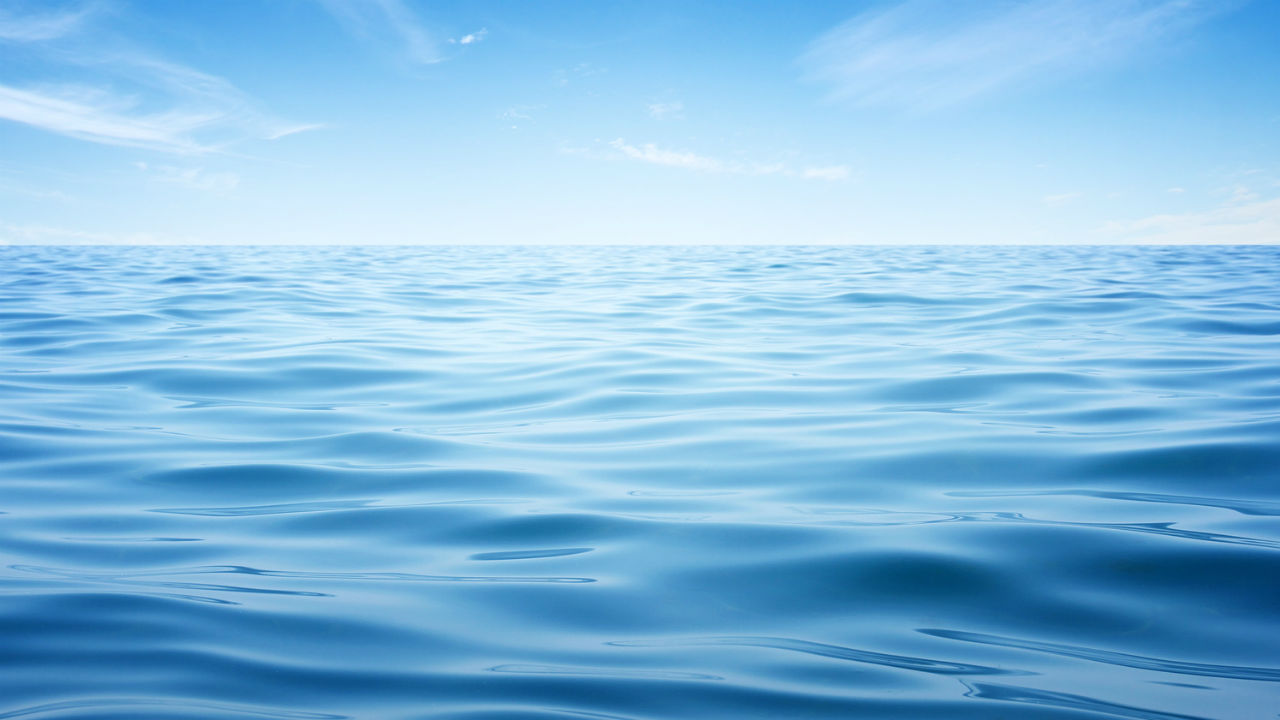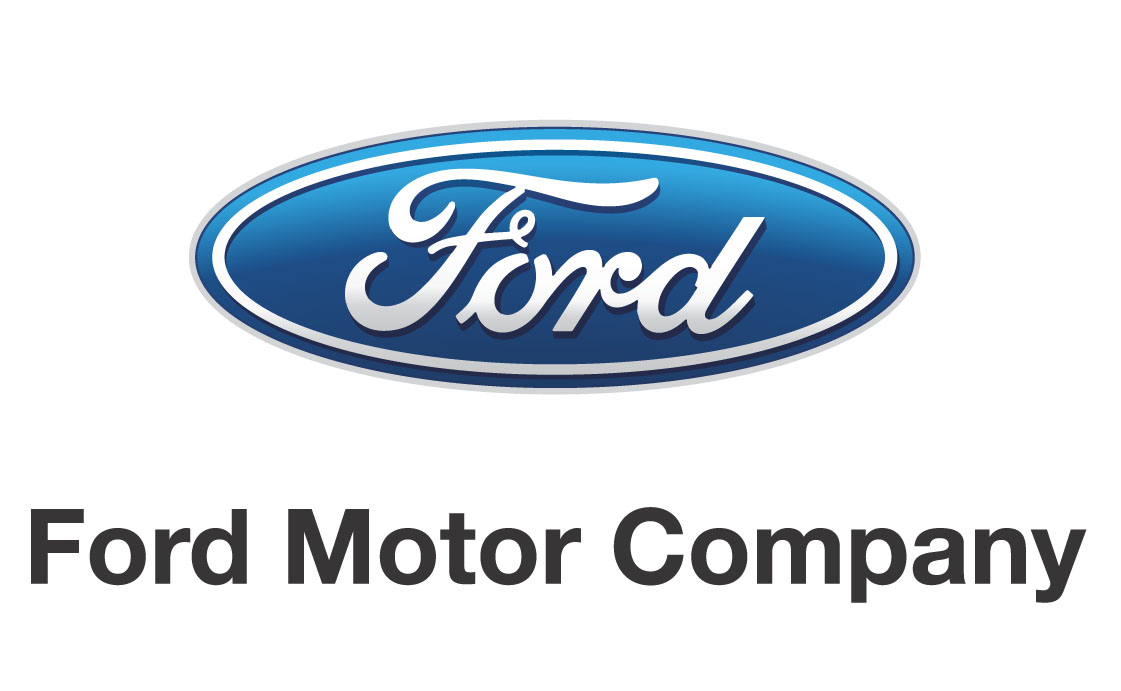Understanding the calm waters of Blue Ocean market opportunities

What Is Blue Ocean?

Blue ocean is an entrepreneurship industry term created in 2005 to describe a new market with little competition or barriers standing in the way of innovators. The term refers to the vast "empty ocean" of market options and opportunities that occur when a new or unknown industry or innovation appears.
The term "blue ocean" was coined by INSEAD business school professors W. Chan Kim and Renee Mauborgne in their book Blue Ocean Strategy: How to Create Uncontested Market Space and Make the Competition Irrelevant (2005). The authors define blue oceans as those markets associated with high potential profits.
How a Blue Ocean Works
In an established industry, companies compete with each other for every piece of available market share. The competition is often so intense that some firms cannot sustain themselves. This type of industry describes a red ocean, representing a saturated market share bloodied by competition. Blue oceans offer the opposite. Many firms choose to innovate or expand in the hopes of finding a blue ocean market with uncontested competition. Blue ocean markets are also of high interest to entrepreneurs.
Overall, blue ocean markets have several characteristics that innovators and entrepreneurs love. A pure blue ocean market has no competitors. A blue ocean market business leader has first-mover advantages, cost advantages in marketing with no competition, the ability to set prices without competitive constraints, and the flexibility to take its offering in various directions.
KEY TAKEAWAYS
- A blue ocean is considered (from a marketing standpoint) a yet unexploited or uncontested market space.
- Examples of blue ocean firms tend to be innovators of their time.
- In their book, Kim and Mauborgne wrote about 150 blue ocean strategies that have been undertaken by companies over about 100 years.
Examples of Blue Ocean Firms
A blue ocean is specific to a time and place. Ford (F) and Apple (AAPL) are two examples of leading companies that created their blue oceans by pursuing high product differentiation at a relatively low cost, which also raised the barriers for competition. They also were paradigmatic of burgeoning industries at the time that was later exemplified and emulated by others.
Ford Motor Co.

In 1908, Ford Motor Co. introduced the Model T as the car for the masses. It only came in one colour and one model, but it was reliable, durable, and affordable. At the time, the automobile industry was still in its infancy with approximately 500 automakers producing custom-made cars that were more expensive and less reliable. Ford created a new manufacturing process for mass-producing standardized cars at a fraction of the price of its competitors. The Model T's market share jumped from 9% in 1908 to 61% in 1921, also officially replacing the horse-drawn carriage as the principal mode of transportation.
Apple Inc.

Apple Inc. found a blue ocean with its iTunes music download service. While billions of music files were being downloaded each month illegally, Apple created the first legal format for downloading music in 2003. It was easy to use, providing users with the ability to buy individual songs at a reasonable price. Apple won over millions of music listeners who had been pirating music by offering higher-quality sound along with search and navigation functions. Apple made iTunes a win-win-win for the music producers, music listeners, and Apple by creating a new stream of revenue from a new market while providing more convenient access to music.
Source: https://www.investopedia.com/terms/b/blue_ocean.asp


